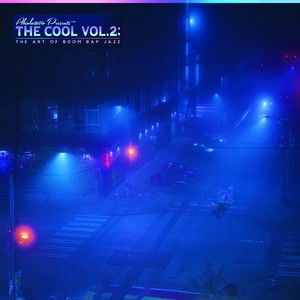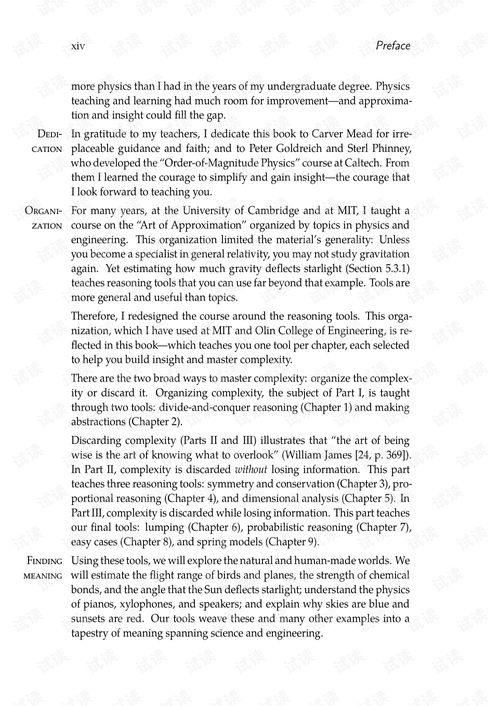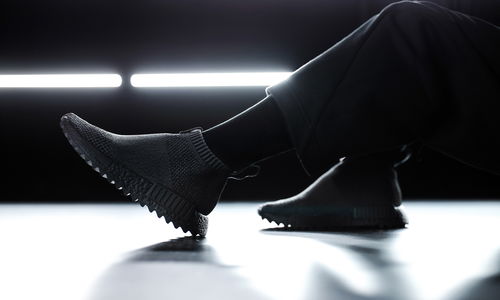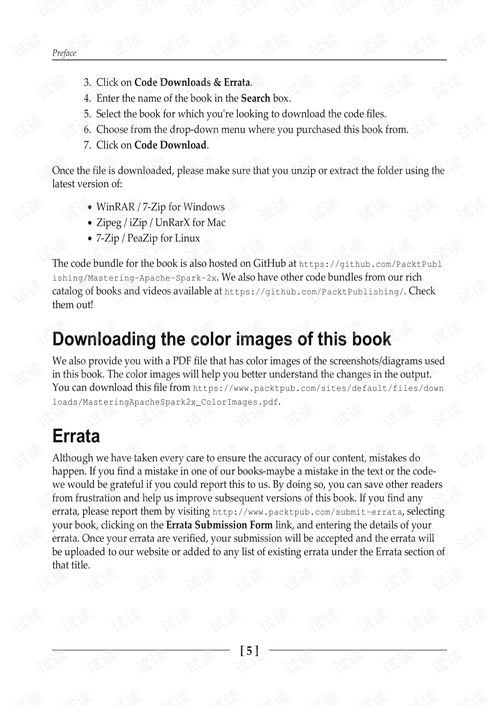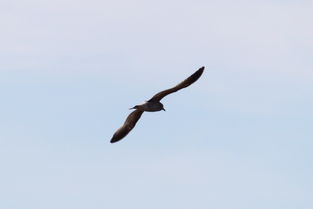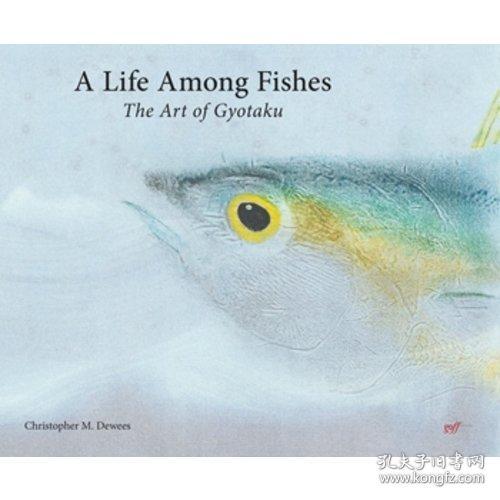Content:
Fishing is not just a hobby; it's a way of life for many enthusiasts. Capturing the beauty and excitement of fishing moments is an essential part of this experience. In this article, we will provide you with a comprehensive guide on how to film fishing videos, including essential tips and illustrations to help you capture stunning footage.
Equipment selection
To start, you need to have the right equipment for filming fishing videos. Here are some essential items you should consider:
a. Camera: A high-quality camera with good image stabilization and low-light performance is essential for capturing clear and sharp footage. DSLR cameras, mirrorless cameras, and action cameras are all suitable options.
b. Lenses: Depending on your shooting style, you may need different lenses. For wide-angle shots, a wide-angle lens is ideal. For close-ups, a telephoto lens can help you get detailed shots of your catch.
c. Fishing rod holder: A fishing rod holder is a must-have accessory to keep your rod steady while filming. This ensures that your shots are smooth and stable.
d. Mounts: Depending on your filming location, you may need different mounts. For boat filming, a boat mount is ideal. For shore filming, a tripod or monopod can be a great choice.
Shooting techniques
a. Framing: When filming fishing videos, proper framing is crucial. Here are some tips for framing your shots:
- Rule of thirds: Divide your screen into nine equal parts by drawing two vertical and two horizontal lines. Place your subject at the intersections of these lines to create a more dynamic composition.
- Leading lines: Use natural lines in the environment, such as the horizon or water's edge, to lead the viewer's eye towards the subject.
- Fill the frame: Avoid leaving too much empty space in your shots. Fill the frame with the subject to create a more engaging scene.
b. Angles: Experiment with different angles to create interesting shots. Here are some angles to consider:
- Bird's-eye view: Film from above to capture the overall scene or the action from a unique perspective.
- Eye-level view: Film from the same level as your subject to create a more natural and engaging shot.
- Low-angle view: Film from below to create a dramatic effect and emphasize the size of your subject.
c. Panning: When filming moving subjects, such as fish or boats, use panning to follow the subject smoothly. To achieve a smooth pan, follow these steps:
- Lock the focus on your subject.
- Move the camera in a slow and steady arc, keeping the subject in the center of the frame.
- Keep the camera steady by using a tripod or monopod.
Editing and post-production
Once you have captured your footage, the next step is to edit and enhance your video. Here are some tips for editing and post-production:
a. Import your footage into a video editing software, such as Adobe Premiere Pro, Final Cut Pro, or DaVinci Resolve. b. Organize your clips by sorting them into folders based on their content. c. Cut and trim your clips to create a coherent and engaging narrative. d. Add transitions, such as fade-in and fade-out, to smooth out the flow of your video. e. Apply color correction and grading to enhance the visual appeal of your video. f. Add music and sound effects to create an immersive experience for your viewers.

Tips for successful fishing videos
a. Practice your shooting techniques to improve your skills. b. Be patient and persistent, as filming fishing videos often requires time and patience. c. Share your videos with others to get feedback and improve your work. d. Stay motivated and keep exploring new techniques and equipment to create more engaging fishing videos.
In conclusion, filming fishing videos can be a rewarding and enjoyable experience. By following these tips and illustrations, you can capture stunning footage that will make your viewers feel like they are right there with you. Happy filming!

